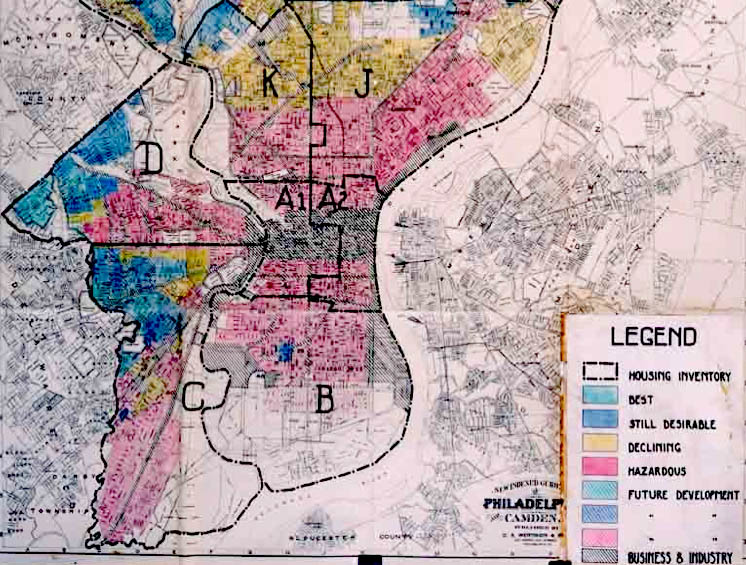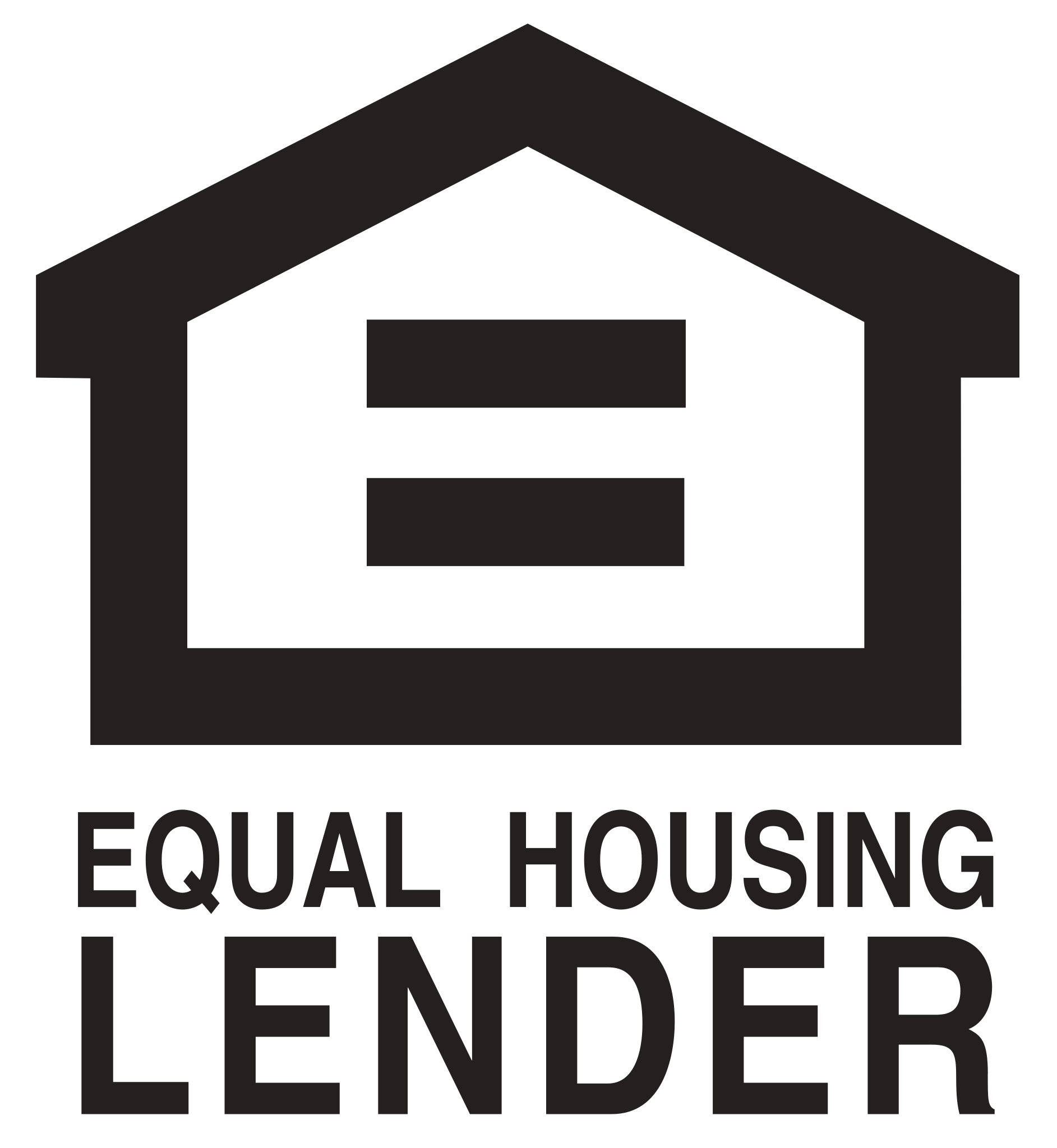New York City has a rich housing history that includes immense challenges, great feats, and everything in between. New York is one of the most diverse cities in the world, and it’s home to a wide array of communities. In honor of Black History month, we’ll be looking at the housing policy that led to the creation of the historic Harlem River Houses, and we’ll explore the reasons for their little-known legacy.
It’s no secret that there have always been racial disparities in housing. Going as far back as the 1930s, practices like redlining and zoning have been commonplace institutional obstacles stifling Black families seeking access to homeownership, a crucial step in the American Dream.
Redlining is the practice by banks of selectively denying housing loans to Black Americans. Zoning refers to a set of governmental land designations that “prioritized single-family homes … and separated residents by race” (Housing Net).
Both practices laid the foundation for housing segregation in America, the legacy of which still echoes through various modern discriminatory practices. Still there have been policy interventions to move toward equitable access, one being the Harlem River Houses.
 In 1937, seven residential buildings were opened alongside the Harlem River in Manhattan, New York. This was the first time, in any of New York’s five boroughs, that federal money was used to construct public housing, ultimately creating housing options for the city’s Black communities.
Different factors contributed to the historical need for these buildings:
In 1937, seven residential buildings were opened alongside the Harlem River in Manhattan, New York. This was the first time, in any of New York’s five boroughs, that federal money was used to construct public housing, ultimately creating housing options for the city’s Black communities.
Different factors contributed to the historical need for these buildings:
 In 1937, seven residential buildings were opened alongside the Harlem River in Manhattan, New York. This was the first time, in any of New York’s five boroughs, that federal money was used to construct public housing, ultimately creating housing options for the city’s Black communities.
Different factors contributed to the historical need for these buildings:
In 1937, seven residential buildings were opened alongside the Harlem River in Manhattan, New York. This was the first time, in any of New York’s five boroughs, that federal money was used to construct public housing, ultimately creating housing options for the city’s Black communities.
Different factors contributed to the historical need for these buildings:
- The Great Depression left about 25% of Harlem’s population unemployed
- Real estate values in Harlem had decreased in the early 20th century, as did the number of local businesses
- Segregated public housing left few housing options for the city’s Black communities
- Roosevelt’s New Deal and the creation of NYCHA opened the door to a whole new era of public housing capability




